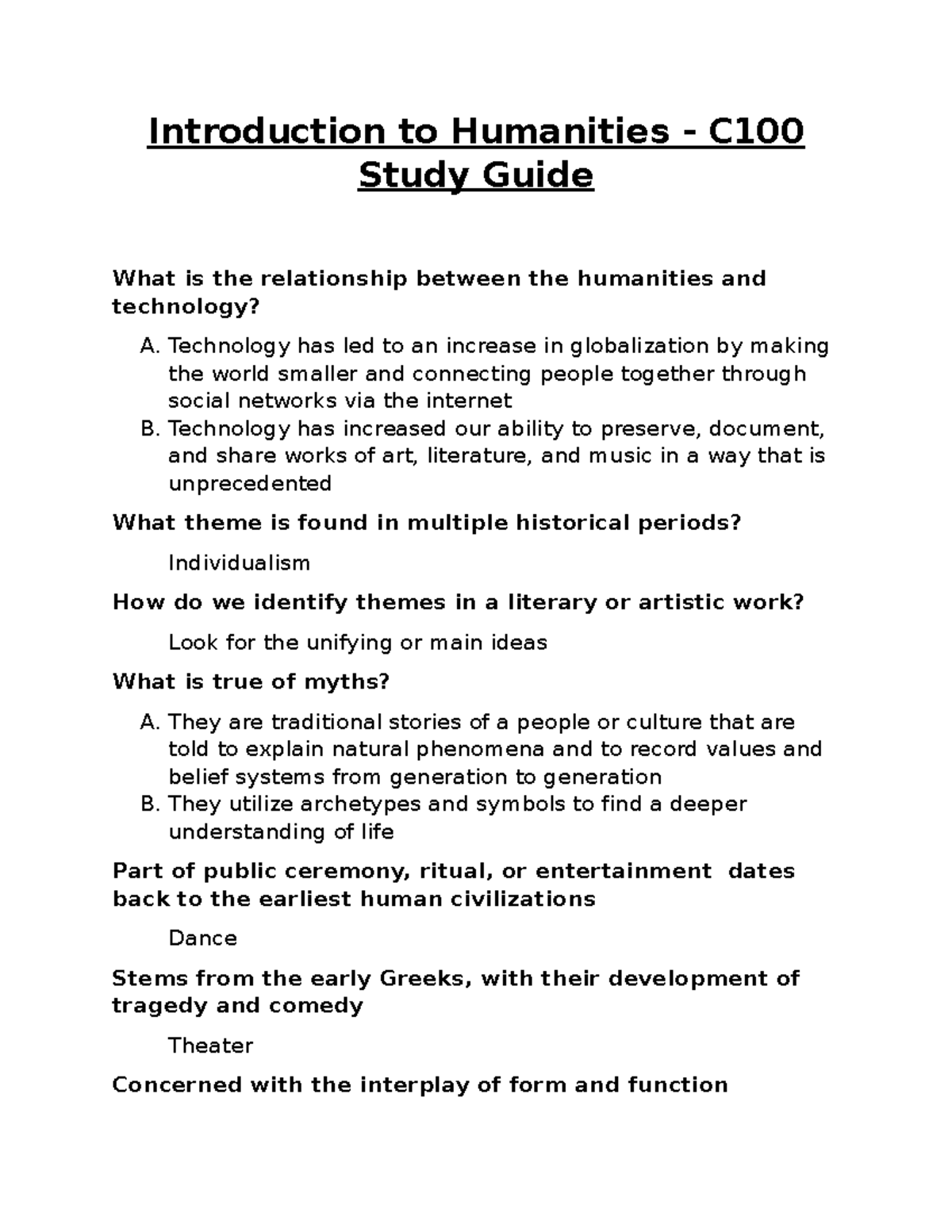Black Switzerland is a concept that sheds light on the often-overlooked experiences of the Black community in this picturesque yet landlocked nation. For many years, discussions surrounding race in Switzerland have been muted, with prominent voices like Jessie Cox emerging to change that narrative through his insightful work. In his book, “Sounds of Black Switzerland,” he dives deep into the complexities of anti-Blackness, cultural appreciation, and the vibrant expressions found in the music scene, all while advocating for the importance of Black lives mattering in every corner of the globe. By weaving together the themes of Afrofuturism and societal challenges, Cox not only critiques the prevailing racism but also celebrates the inherent creativity and resilience within Black culture. As Switzerland grapples with its identity, Cox’s work invites readers to explore a richer understanding of race and its multifaceted dimensions in the context of a predominantly white society.
The exploration of Blackness in Switzerland reveals a unique cultural tapestry that intertwines history, identity, and artistic expression. Often referred to as the hidden narratives of a diverse populace, the experiences and contributions of Black individuals are crucial for comprehending modern Swiss society. Jessie Cox’s recent publication serves as a catalyst for discussions about how music and race intersect in this European context, highlighting both the struggles against anti-Blackness and the celebration of cultural appreciation. By addressing themes such as the significance of Afrofuturism and the need for racial discourse, Cox elevates conversations about identity in a nation where such topics have been largely absent. This examination not only resonates within Switzerland but echoes the broader movements advocating for Black lives mattering globally, emphasizing the importance of visibility and acknowledgment in today’s world.
Understanding Black Lives Matter in Switzerland
The movement to emphasize that Black lives matter transcends geographical boundaries, and in a nation like Switzerland, it presents unique challenges and discussions. With Jessie Cox’s innovative exploration in his book “Sounds of Black Switzerland,” the discourse around race is not just timely but necessary. Growing up in a predominantly white environment, Cox fosters awareness of the realities faced by Black individuals, who often feel invisible or marginalized. His insights prompt readers to reflect on the systemic issues that contribute to a lack of representation and recognition of Black experiences, raising questions about how anti-Blackness can manifest in seemingly color-blind societies.
Cox’s work resonates beyond Switzerland, tying into broader themes such as global movements like Black Lives Matter. The particular social and cultural dynamics of Switzerland deepen the understanding of race relations in Europe. By highlighting local narratives and the historical context of Blackness in Switzerland, Cox urges readers to acknowledge the intersections between global anti-Black sentiment and the local experiences that mirror them. A critical examination of these topics allows for a more robust understanding of what it means to value Black lives everywhere, prompting necessary discussions on social justice and equity.
Afrofuturism and Its Cultural Significance
Afrofuturism emerges as a powerful lens through which to explore cultural identity and the potential for imagining futures free from the constraints of systemic racism. Jessie Cox’s incorporation of Afrofuturism in “Sounds of Black Switzerland” enriches the conversation by presenting a hopeful perspective amidst discussions of anti-Blackness. The blending of music, storytelling, and futurism creates a tapestry that reflects both the challenges faced by Black communities and the limitless possibilities of what could be. By engaging with Afrofuturist themes, Cox encourages readers to envision a world where Black creativity and culture are celebrated and integral to societal progress.
The significance of Afrofuturism extends beyond mere representation; it offers a framework for understanding the past and present while paving the way for future innovations. Through music and arts, Cox illustrates how Afrofuturism serves as a reclamation of Black narratives. Local Swiss artists, such as Nativ, infuse elements of this movement into their work, bridging cultural gaps and encouraging listeners to reflect on their cultural heritage. In this way, Afrofuturism not only celebrates Black Swiss voices but also emphasizes the importance of cultural appreciation through various mediums.
The Intersection of Music and Race
Cox’s exploration of music in relation to race underscores how sound shapes and reflects societal attitudes toward Black identity. By analyzing various musical compositions, Cox invites discussions about the implicit biases present within the Swiss music scene. The chapter dedicated to Nigerian Swiss composer Charles Uzor’s influential piece showcases how music can serve as both a form of protest and a celebration of Black life. The power of music to convey emotions and portray narratives illustrates the profound connection between art and social justice.
Furthermore, songs like those by Nativ act as cultural touchstones that provide insight into the contemporary Black Swiss experience. As Cox highlights, the interplay between language and identity in music underscores the importance of cultural appreciation within the broader discourse on race. Emphasizing how Black artists navigate and challenge existing stereotypes through their work shapes a nuanced understanding of identity and belonging. This intersection underscores music’s role not only as entertainment but also as a vehicle for social change and a means of exploring racial dynamics.
Challenging Anti-Blackness Through Dialogue
Cox’s book aims to confront and dismantle the structures of anti-Blackness that are often veiled in Switzerland. By providing a platform for discussions on racial dynamics, he encourages critical thinking regarding color-blind ideologies that perpetuate erasure. His examination of laws, immigration practices, and societal perceptions highlights how deeply ingrained biases influence not only individual experiences but also systemic policies. These discussions help illuminate the complexities of belonging and identity in a multicultural society.
Importantly, Cox emphasizes the need for dialogue to foster understanding and build alliances across different communities. By encouraging open conversations about race, he advocates for a collective effort to challenge anti-Blackness in all its forms. Engaging with marginalized voices and experiences fuels a movement toward equity, making it vital for educators, artists, and activists to come together in solidarity. This phase of dialogue leads toward meaningful cultural appreciation and transformation, allowing for shared learning that acknowledges past injustices while paving the way for a more inclusive future.
Music and the Future of Cultural Appreciation
The role of music as a catalyst for cultural appreciation cannot be overstated, particularly in the context of Black Swiss identity. Cox’s analysis in “Sounds of Black Switzerland” underscores how the creative arts can bridge gaps between cultures and promote understanding. By documenting the stories and contributions of Black musicians in Switzerland, Cox presents a narrative of resilience and innovation that challenges stereotypes. Music becomes a powerful tool not only for expression but also for connecting diverse audiences with the nuances of Black experiences.
Moreover, as cultural practices evolve, music continues to serve as a lens through which broader societal themes can be examined. For instance, integrating discussions of Afrofuturism and traditional Swiss music highlights the dynamic interplay between cultures. Cox advocates for recognizing and respecting the distinct cultural contributions that exist within the musical landscape, fostering appreciation that transcends superficial engagement. This deeper understanding of music’s role in cultural exchange illustrates how it helps dismantle barriers and promotes mutual respect and solidarity.
Examining National Belonging and Identity
Cox’s exploration of Blackness in Switzerland delves into the complexities of national identity and belonging, aiming to unpack the notion of what it means to be Swiss. The historical context of immigration laws and societal attitudes toward race play a significant role in defining who is deemed to belong. Through his scholarly approach, Cox challenges the conventional narratives that often exclude Black individuals from the discussion of national identity in Switzerland. By situating Black experiences within the larger framework of Swiss culture, he opens the door for conversations about inclusive identity that honor diversity.
This critical examination forces a reevaluation of who gets to claim Swiss identity and how systemic barriers can hinder that claim. Cox advocates for a more expansive definition of belonging, one that recognizes the contributions of Black communities and other marginalized groups. This call for inclusivity not only enriches the cultural tapestry of Switzerland but also aligns with global movements demanding recognition and equality for Black lives everywhere. Through this intersection of race and identity, readers are invited to reflect on their own positions within the societal structure, fostering a collective sense of belonging.
Discourse on Black Experience and Resilience
Cox’s reflections on the Black experience extend beyond mere acknowledgment of struggles; he emphasizes resilience and the intrinsic value of Black cultural expressions. By including narratives that celebrate Black creativity and artistry, Cox counters the dominant narrative that often reduces Black identity to trauma. Instead, he offers a nuanced perspective that recognizes the depth and richness of Black life in Switzerland. This approach aligns with the tenets of cultural appreciation, urging audiences to engage with Black culture authentically and respectfully.
Highlighting the achievements of Black artists, Cox sheds light on the transformative power of their contributions to the cultural landscape. From visual arts to music, these creatives challenge societal norms and create spaces for dialogue and advocacy. By amplifying these voices, Cox cultivates an appreciation for the diverse facets of Black life, reinforcing the idea that resilience is built into the fabric of cultural expression. The emphasis on celebrating Black experiences fosters a deepened understanding of the multifaceted identity and challenges stereotypes that attempt to simplify the Black narrative.
Exploring New Relationship Dynamics in Artistic Practice
Cox’s work presents an opportunity to rethink artistic practices as spaces for innovation and reimagining relationships across cultures. Through his teachings and writings, he encourages engagement with art as a medium for profound social commentary. The potential for artistic practice to act as a force for change highlights the need for community engagement and collaboration among diverse artists. By bringing together varied perspectives, artists can explore shared experiences and discover new narratives that transcend cultural boundaries.
In this larger context, Cox posits that artistic collaboration can pave the way for understanding and create opportunities for collective healing. By fostering these essential connections, artists contribute to reshaping societal narratives and challenging the systemic structures that perpetuate inequality. The call for investing in artistic practice emphasizes the need for systemic change and cultural re-evaluation on a broader scale, aiming to unite individuals and communities toward a vision of inclusivity and respect.
Frequently Asked Questions
What is the significance of the term ‘Black Switzerland’ in discussions on race?
‘Black Switzerland’ refers to the cultural and social dynamics surrounding the Black experience in Switzerland. It highlights the often-overlooked narratives of Black lives, emphasizing the need for representation and acknowledgment of anti-Blackness in Swiss society.
How does the book ‘Sounds of Black Switzerland’ contribute to the understanding of Black culture?
In ‘Sounds of Black Switzerland,’ Jessie Cox explores the intersection of race, music, and culture, discussing topics like Afrofuturism and the challenges of anti-Blackness. The book serves as a key resource for appreciating the complexities of Black culture in Switzerland and globally.
What role does Afrofuturism play in understanding Black Switzerland?
Afrofuturism in the context of Black Switzerland provides a framework for envisioning future possibilities for Black lives through imaginative expressions in music and art. Jessie Cox discusses these themes in his book, connecting past and present experiences of race and identity.
What are the main themes explored in ‘Sounds of Black Switzerland’?
The main themes in ‘Sounds of Black Switzerland’ include anti-Blackness, cultural appreciation, music and race, and the impact of systemic racism. Cox aims to foster a dialogue around these issues and showcase the vibrant aspects of Black culture in Switzerland.
How does Jessie Cox address anti-Blackness in Swiss society in his book?
Jessie Cox addresses anti-Blackness by examining its manifestations in everyday life, legal systems, and immigration laws in Switzerland. He seeks to raise awareness of these issues while also celebrating the rich cultural contributions of Black communities.
What can readers learn about Swiss music culture from ‘Sounds of Black Switzerland’?
Readers can learn about the diverse contributions of Black artists within Swiss music culture, including the works of contemporary musicians like rapper Nativ. Cox’s analysis shows how music serves as a medium for discussing race and fostering cultural appreciation.
Why is it important to consider Black lives and experiences in Switzerland?
Considering Black lives and experiences in Switzerland is essential for fostering an inclusive society. It highlights the need to recognize and address systemic racism and work towards a better understanding and appreciation of diverse cultural narratives.
How does ‘Sounds of Black Switzerland’ link Black experiences to global dialogues on race?
‘Sounds of Black Switzerland’ links Black experiences in Switzerland to global dialogues on race by contextualizing local stories within broader discussions about Black life and identity, including references to international movements like Black Lives Matter.
| Key Points | Details |
|---|---|
| Black Lives Matter Everywhere | Author Jessie Cox emphasizes the importance of recognizing Black lives and experiences globally, particularly in lesser-discussed regions like Switzerland. |
| ‘Sounds of Black Switzerland’ Book | Cox’s book blends cultural appreciation and music criticism, addressing Blackness and Afrofuturism, while also analyzing anti-Blackness in Switzerland. |
| Cultural Critique | Cox critiques the judicial system and immigration laws in Switzerland, exploring concepts of national belonging. |
| Inspirations | Cox references Nigerian Swiss composer Charles Uzor and discusses significant events like the murders of George Floyd and Mike Ben Peter to highlight broader issues of anti-Blackness. |
| Celebration of Black Experience | The book also highlights positive expressions of Black culture, referencing Swiss artists and their contributions to discussions on change and identity. |
| Educational Initiatives | Cox teaches courses that focus on Afrofuturism and experimental music, promoting new ways of thinking about experiences and relationships through artistic practice. |
Summary
Black Switzerland plays a crucial role in understanding the broader discourse around race and identity in Europe. Through Jessie Cox’s work, particularly his book “Sounds of Black Switzerland,” important conversations about Black experiences and cultural representation are brought to the forefront, allowing for a deeper appreciation and critique of the societal structures in place. By combining cultural criticism with artistic reflections, Cox invites readers to explore the rich tapestry of Black life, and foster a sense of belonging that transcends traditional boundaries.




